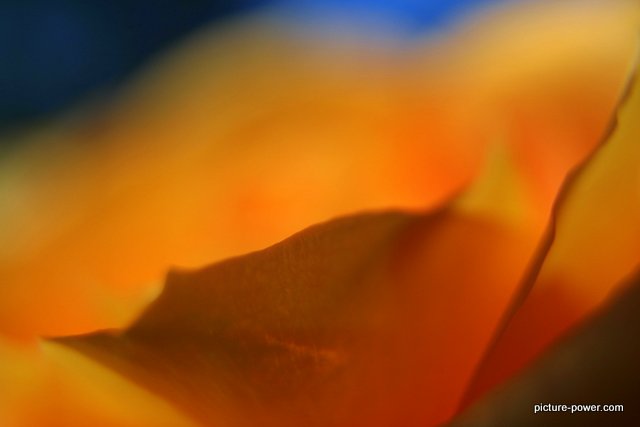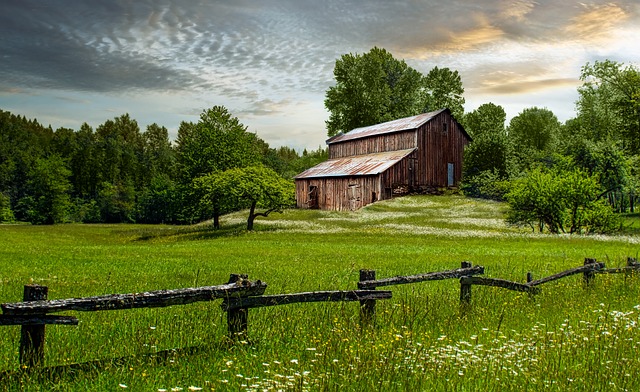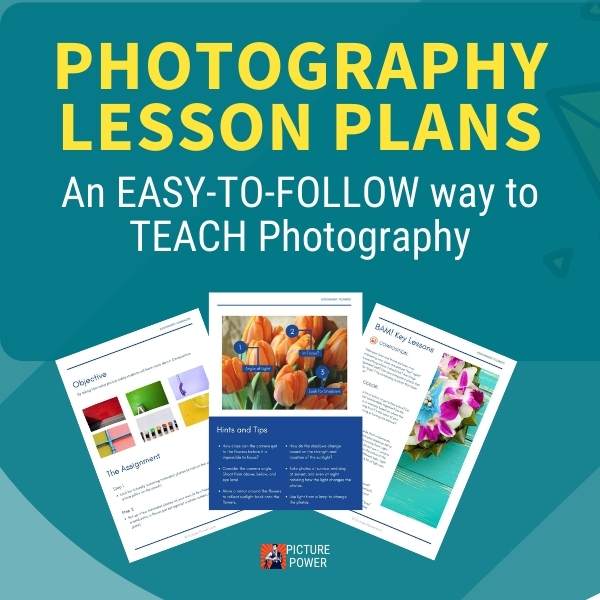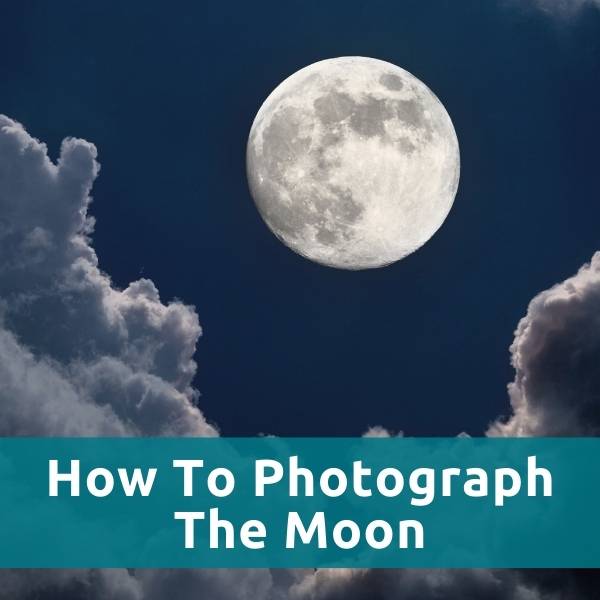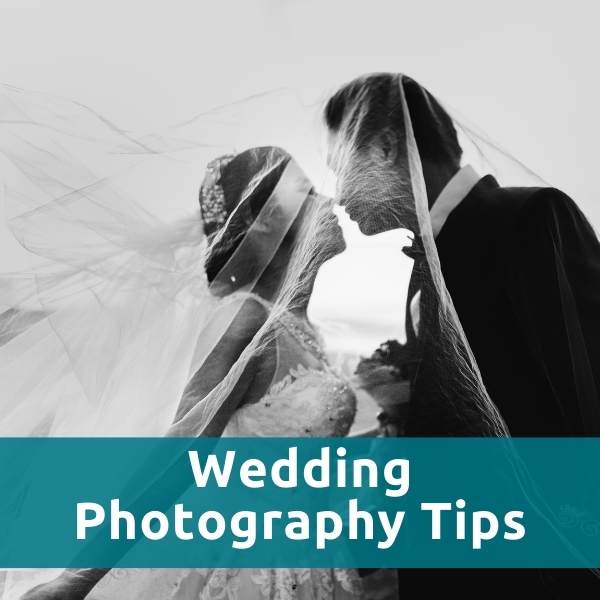Digital Photography Terms
What Is Bokeh?
Are you in a haze about the beauty of your background as it fades out of focus?
How do you know if you have good or bad bokeh?
Read on to wipe clean the blur.
What Is Bokeh?
Bokeh (pronounced boh-ka) comes from a Japanese word that describes “haze” or “blur”. What bokeh refers to is the quality and characteristics of your image as your focus fades off into the background.
There are good (pleasing) blurs. And there are bad (distracting) blurs. Judgment beyond that is in the eye of the beholder.
When referring to a good blur in photography, we are talking about how the lens blurs the background when its aperture is open.
As a lens increases in focal length, it compresses the image more. This results in it being easier to blur the background as you increase your focal length.
But bokeh refers to the quality of the blur that is caused by opening the aperture on a lens. Lenses with wide apertures (like f/2.8 or f/1.2) often produce good "blur" because these lenses use 8 or more aperture blades that are used to open and close the lens’s aperture.
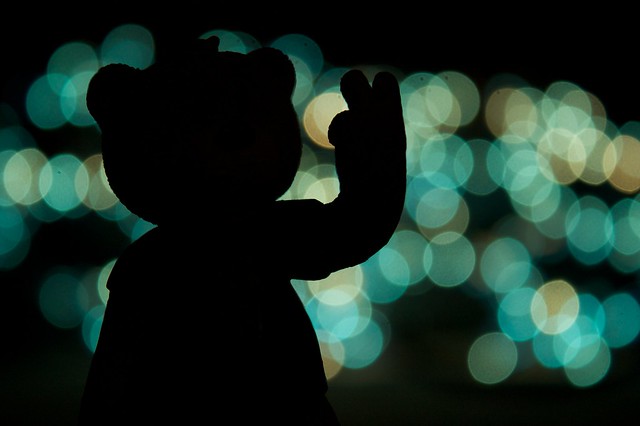
Photo Credit Flickr: Leah Williams
Aperture blades describe the “doors” that open and close to allow light through the lens. When the aperture blades are wide open the f/stop is at its lowest setting (like f/3.5, f/2.8 or f/1.8).
At these low settings, the wide aperture is allowing more light to come in.
Like when you are eating ice cream and you want to get the whole spoon in your mouth you open your mouth (your head's aperture) as wide as you can. And that may be the worst aperture analogy ever.
![[86/365] Aperture](https://farm6.staticflickr.com/5294/5396875628_157d78fc9b_z.jpg)
Photo Credit Flickr: Sander van der Wel
When you close the aperture (like in the picture above), the blades close in on one another while maintaining a "circular" shape. Like when you are drinking a milk shake, your mouth is closed with just a little opening to let that chocolaty goodness in.
The higher the number of blades a lens has has a direct result on the shape of out of focus elements in your picture.
More blades means it is easier to replicate a circle. Imagine using four lines to make a circle. That’s kind of hard, huh? It looks more like a square than a circle no matter how you arrange those four lines.
Now imagine 15 lines and try to make a circle out of them. Sure, it’s still not a perfect circle. But the shape with 15 lines looks more like a circle than the “circle” made of four lines.
A good background blur represents itself as closer to a circle. Therefore, lenses with more aperture blades provide a more pleasing result to the areas of your picture that are not in focus.
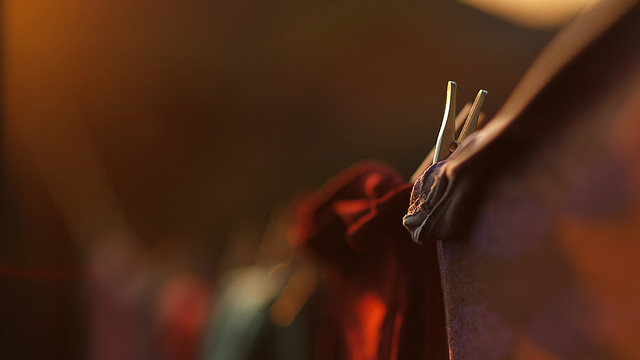
Photo Credit Flickr: Al Cooper
To achieve good bokeh you need a lens that has a wide aperture (like f/2.8 or lower) and a lens with 8 or more aperture blades. Lenses like the Canon 50mm f/1.2L USM and the Canon 85mm f/1.2L USM are two lenses that provide a very nice blur behind the subject.
But again, a lot of this is speculative with much room for debate and discussion as it becomes a matter of personal taste as well as technical specificity as to what one may call beautiful.
Bokeh is best shown in portrait and product photography when you are isolating your subject from the background.
A beautiful background blur also becomes important in macro photography as your depth of field will be very thin. This results in a lot of the photo becoming blurred thus necessitating the need for quality background blur.
And, of course, you can take pictures of lights at night with a wide open aperture to create those little bokeh balls people like so much.
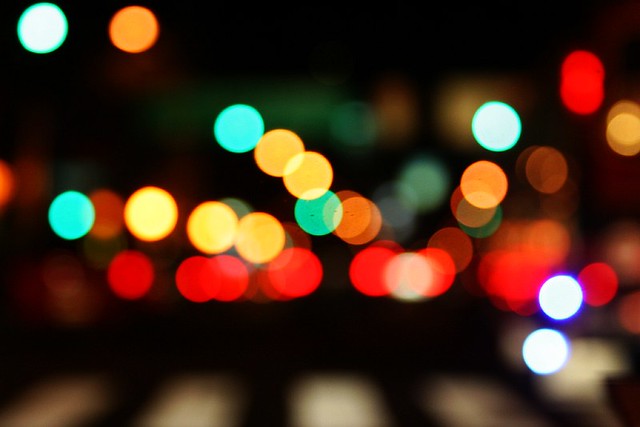
Photo Credit: Silke Gerstenkorn
